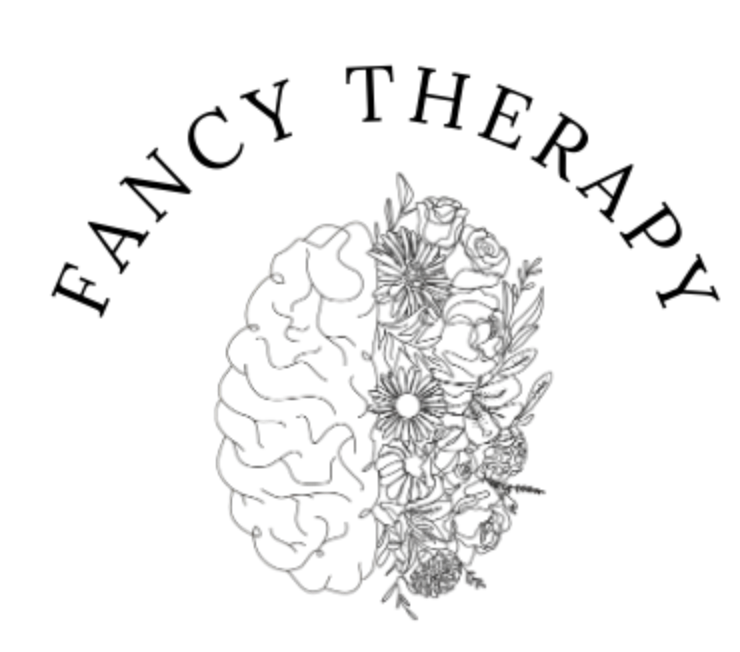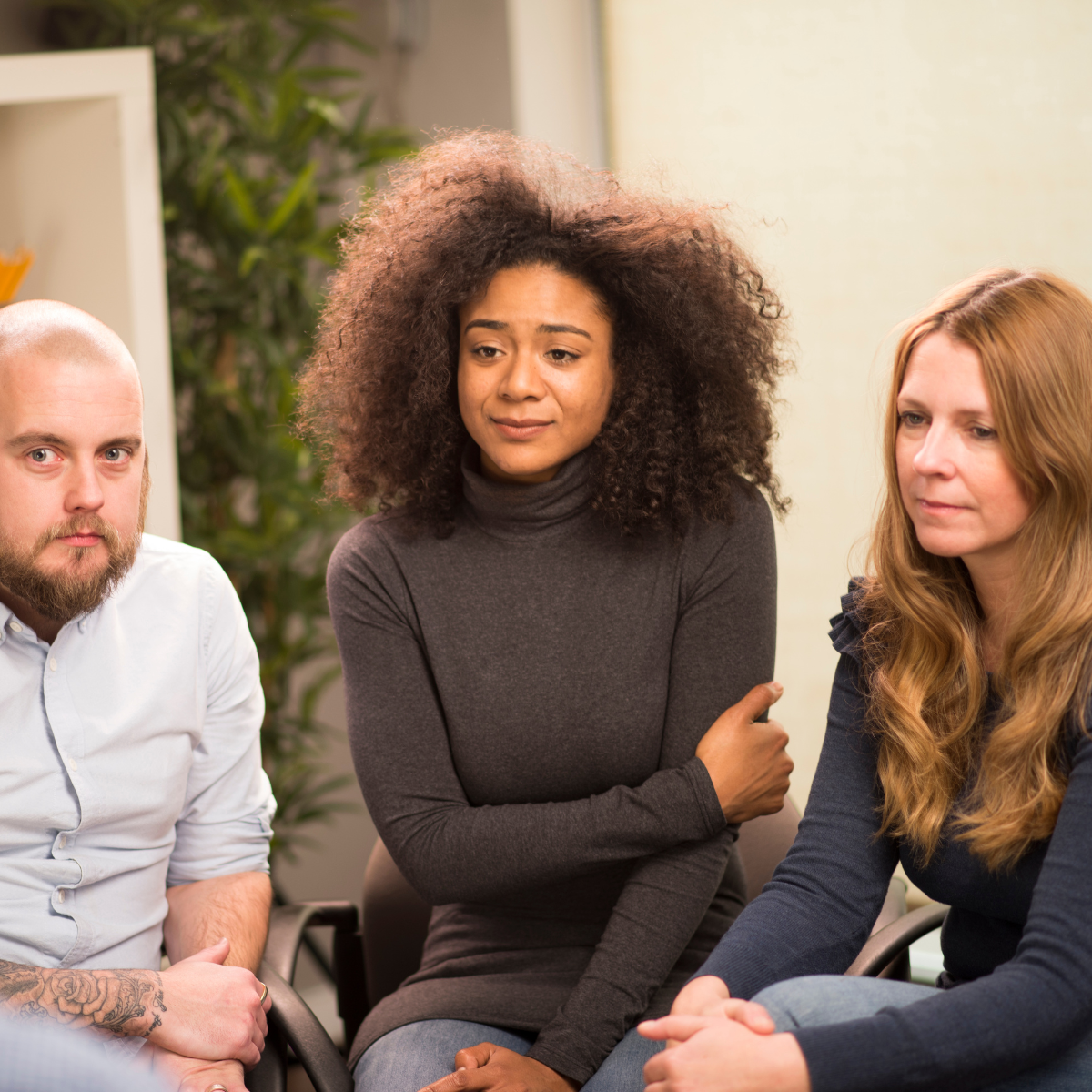The Role of Creative Arts in Trauma Recovery
Written By: Anika Tahsin
Healing from trauma can feel overwhelming, as we work to overcome and accept deep rooted pain and very difficult emotions. A very powerful and unique tool for this process can be creative arts. Creative arts therapy uses practices like art, music, dance, and writing, which can help trauma survivors understand that there are alternative ways to release and express difficult emotions that may be hard to talk about. Let’s explore why expressing ourselves creatively can help in healing from trauma.
Trauma affects our mind, body, and spirit as a whole. Often, the first thing that comes to mind is traditional talk therapy. While this can also be a powerful tool to process trauma, it may not work for everyone when processing the deep roots of trauma that we sometimes can’t fully describe. Creative expression can help address this kind of dilemma. By engaging in art, music, dance, and writing, we create a non-verbal way to process the deep-rooted feelings that trauma survivors may not feel safe or comfortable discussing. Research shows that using a creative outlet can decrease stress, help us relax, and contribute to overall well-being (Haeyen & Wanten, 2024). This is especially important for trauma survivors who feel disconnected from their own emotions and have a difficult time understanding how to discuss their trauma. Engaging in these creative outlets essentially creates a safe space to reconnect with the missing parts of ourselves, our feelings, and allows us to relax and release tension (Schouten et al., 2019).
Let’s talk about some different forms of creative arts in therapy. The first is art therapy, which involves visual elements like drawing, painting, and sculpting, using these as outlets to process trauma-related emotions. This can be helpful for expressing the complex feelings of trauma that survivors find difficult to verbalize, revealing emotions such as sadness, anger, and emptiness without needing to speak them. Research states that creating art can help lower stress hormones in the body, bringing us to a grounded space (Martin et al., 2018). Furthermore, studies suggest that engaging in this kind of creativity can activate the brain’s right hemisphere, which is responsible for emotions and imagination, supporting trauma survivors in processing their feelings (Han et al., 2024).
Music therapy is another form of creative arts therapy and can be a powerful way to address trauma (Landis-Shack et al., 2017). Music impacts the brain uniquely, engaging memories and emotions. Listening to music, playing instruments, or singing a song can help ground and relax us, decrease anxiety, and even bring back memories and feelings that may have been suppressed. Music can provide a safe way for trauma survivors to reconnect with themselves and their hidden emotions in a less overwhelming manner. For example, even outside a therapeutic environment, creating a playlist of songs that help us relax and feel happy can provide comfort and help us stay grounded in the present (Landis-Shack et al., 2017). For those experiencing flashbacks and difficult memories due to trauma, music can especially help them ground themselves and refocus on the present moment (Landis-Shack et al., 2017).
Dance and movement therapy is another form of creative expression, especially beneficial for trauma survivors, as they sometimes experience disconnects from their bodies due to disrupted mind-body connections, creating feelings like emptiness, numbness, body tension, and dissociation. Dance therapy can help rebuild their connection with their bodies by empowering them to focus on body awareness, rhythms, movements, and mindfulness while engaging in these movements (Tomaszewski et al., 2023). Through creative movement, people experiencing trauma can gently express and release any stored tension and gain a sense of empowerment by feeling in control. The focus of dance therapy is not on being perfect or highly skilled but rather on expressing oneself through movement in a safe, controlled space where people can allow their bodies to move freely and release any trauma stored in their muscles and joints. This could be as simple as gentle swaying, stretching, or even mindful walking, helping survivors gain more control in their healing.
The last creative art form I want to highlight is journaling. The simple act of writing in a journal can provide a structured and safe space to process trauma, allowing those experiencing trauma to revisit painful memories at their own pace in a private, safe environment (Sohal et al., 2022). Research shows that journaling aids in better emotional processing, improves mood, and reduces stress, which can be very helpful for those dealing with trauma (Sohal et al., 2022). Something as simple as setting aside 10-15 minutes to write whatever comes to mind, without judgment or concern about grammar, can help release stuck emotions and better organize and bring awareness to one's thoughts. Another beneficial practice is gratitude journaling, where trauma survivors intentionally focus on what is going well in their lives to help regulate and balance their emotions, providing a sense of hope.
Healing from trauma is unique and an individual journey. There is no one form of art that fits all. It is important to find a form of creative expression that resonates with you and brings you comfort.
Reference
Haeyen, S., & Wanten, F. (2024). Effectiveness of Trauma-Focused Art Therapy (TFAT) for psychological trauma: A mixed method single case study. The Arts in Psychotherapy, 91, 102218. https://doi.org/10.1016/j.aip.2024.102218
Han, D. H., Kim, S. K., & Kim, S. (2024). Brain activation in response to art-based tasks using diverse materials based on the Expressive Therapy Continuum (ETC). The Arts in Psychotherapy, 90, 102185. https://doi.org/10.1016/j.aip.2024.102185
Landis-Shack, N., Heinz, A. J., & Bonn-Miller, M. O. (2017). Music Therapy for Posttraumatic Stress in Adults: A Theoretical Review. Psychomusicology, 27(4), 334. https://doi.org/10.1037/pmu0000192
Martin, L., Oepen, R., Bauer, K., Nottensteiner, A., Mergheim, K., Gruber, H., & Koch, S. C. (2018). Creative Arts Interventions for Stress Management and Prevention—A Systematic Review. Behavioral Sciences, 8(2), 28. https://doi.org/10.3390/bs8020028
Schouten, K. A., van Hooren, S., Knipscheer, J. W., Kleber, R. J., & Hutschemaekers, G. J. M. (2019). Trauma-Focused Art Therapy in the Treatment of Posttraumatic Stress Disorder: A Pilot Study. Journal of Trauma & Dissociation: The Official Journal of the International Society for the Study of Dissociation (ISSD), 20(1), 114–130. https://doi.org/10.1080/15299732.2018.1502712
Sohal, M., Singh, P., Dhillon, B. S., & Gill, H. S. (2022). Efficacy of journaling in the management of mental illness: A systematic review and meta-analysis.
Family Medicine and Community Health, 10(1), e001154. https://doi.org/10.1136/fmch-2021-001154
Tomaszewski, C., Belot, R.-A., Essadek, A., Onumba-Bessonnet, H., & Clesse, C. (2023). Impact of dance therapy on adults with psychological trauma: A systematic review. European Journal of Psychotraumatology, 14(2), 2225152. https://doi.org/10.1080/20008066.2023.2225152




